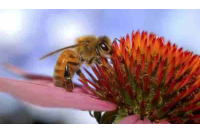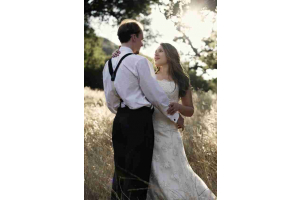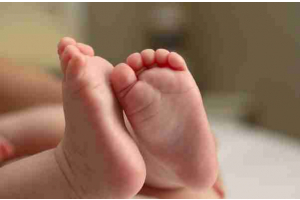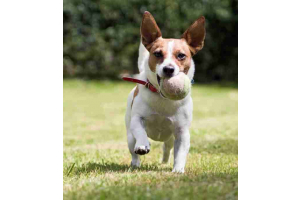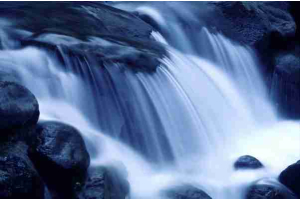How To Do Macro Photography
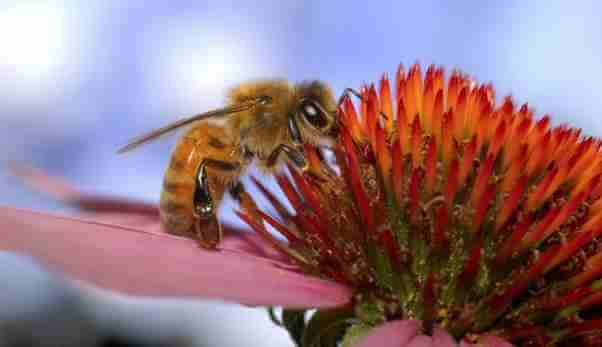
Even if you don't specialize in macro photography, it is a fun pursuit that can bring some nice variety to your albums. Macro photography does require a lot of patience, and the right equipment. In photography always be prepared for the unexpected. You may just be shooting a flower at the time but capture something extra for yourself. Remember with a good quality lens you can always crop a section of your photo without loosing too much detail.
1 x DSLR Camera
1 x Macro Lens100mm Telephoto or larger
1 x Lens Hood
1 x Tripod
1 x Remote Cable
1 x White Reflector (optional)
1. Attach your Macro 100mm lens to your camera and secure your camera to a tripod. Make sure you have your lens hood attached as this will prevent flare. I prefer a 100mm Macro or larger so that I can be slightly further away as to not disturb insects etc and also have room to place lights and reflectors between subject and camera if you need to.
NOTE: When selecting a macro lens the focal length of the lens is relative to the distance you can be from the subject. The further away you are more light is available, the closer in you get less light is available.
2. Plug in your remote cable, this is used so that you can sit or stand quietly away from the subject.
3. The surprise of a bee landing can come during a simple flower shot as long as your ready to shoot of the flower you should have no trouble photographing the bee too.
4. A Telephoto Macro which has a shallow depth of field, which is perfect for creating that "out of focus" background (known as Bokeh) and making the main subject stand out. Direct sunlight casts a lot of shadows so the perfect light for this photo would be half cloudy day. Half cloud still allows images to be rich in colour and the shadows will be a lot softer.
5. Shoot with enough shutter speed to keep the subject (in this case a bee) still enough so it looks sharp. Its not necessary to freeze the wings in fact a little blur motion against the still bee might look quite good, so try a few different speeds 1/250th 1/125th 1/60th .
6. Exposure for the subject, which in this case will make the background a little lighter but due to the even light conditions will be very appealing.
Note: Balancing the background exposure with the exposure of the foreground subject is very important in photography.


